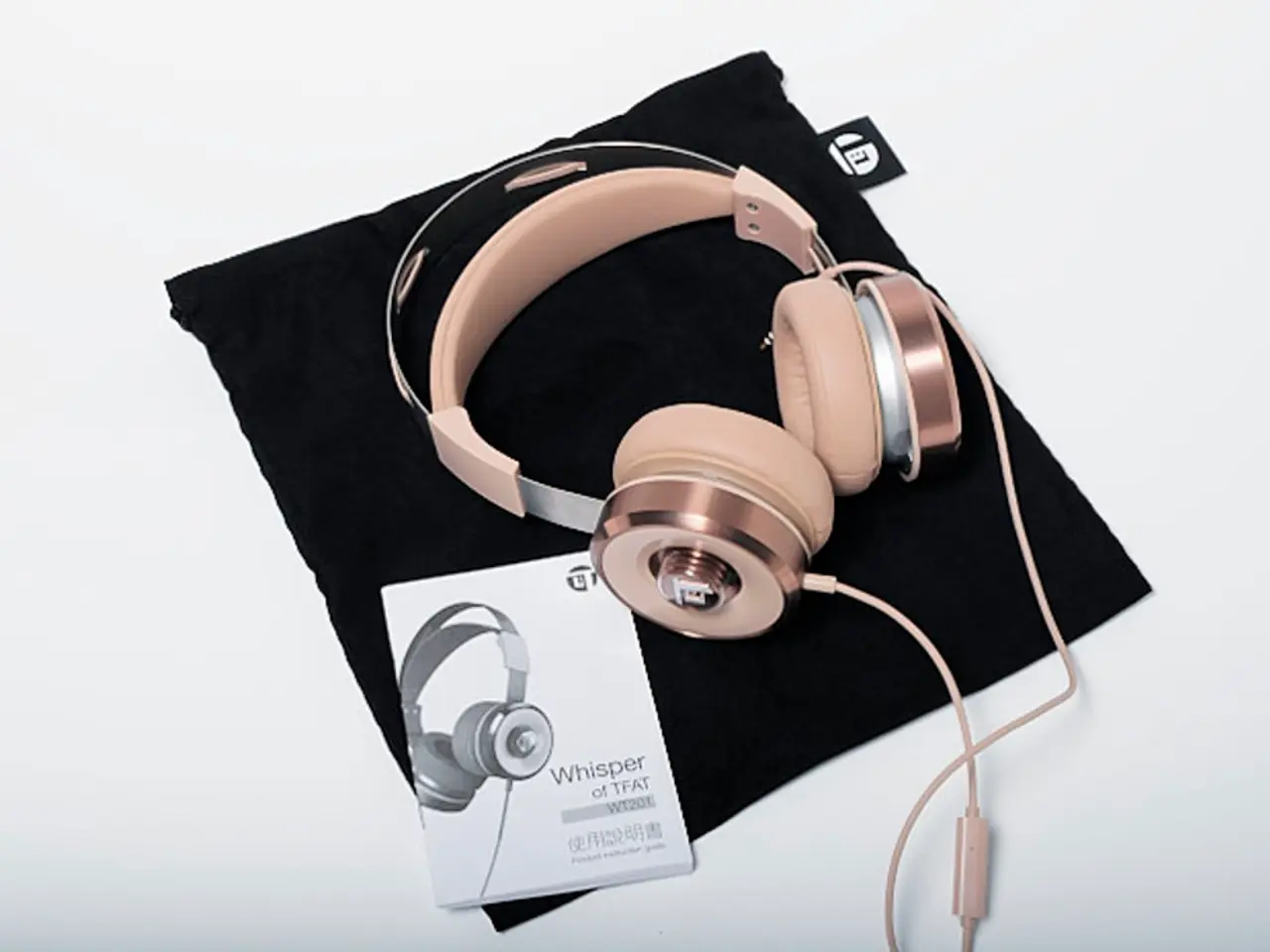Listening to Music with Headphones - Appropriate or Not?
In today's fast-paced world, listening to music with earphones has become an integral part of daily life for many people. Whether it's enhancing exercise performance, boosting productivity, or providing a means of relaxation, earphones have become an indispensable tool for numerous individuals. However, it's essential to remember that safe listening practices are crucial to prevent potential risks associated with earphone use.
One of the primary concerns is hearing loss and damage, especially when listening to loud music. A study by the World Health Organization (WHO) estimates that over 1 billion young people worldwide are at risk of hearing loss due to loud music and recreational noise. To enjoy music with earphones safely, it's essential to follow best practices.
Firstly, keeping the volume at a reasonable level is crucial. It's recommended to keep the volume at around 60% of the maximum volume to avoid damaging your hearing and reduce ear fatigue. Many devices have volume limiters or warnings to help maintain safe levels.
Secondly, choosing the right type of headphones is essential. Over-ear headphones are preferable to in-ear earbuds as they provide better sound isolation and reduce the temptation to increase volume in noisy environments. They also distribute sound more evenly, which is gentler on the eardrum.
Following the 60/60 rule is also advisable: limit listening to no more than 60 minutes at a time at or below 60% volume, then take breaks to let your ears rest. Regular breaks and avoiding continuous use, especially during sleep, are also essential. If sleeping with headphones, use low volume and consider wireless over-ear or cloth headband models to reduce ear canal blockage and pressure.
Noise-cancelling headphones can also be beneficial as they can block background noise and allow for lower volume levels. Keeping your ears and headphones clean is also important to prevent earwax buildup and reduce the risk of infection or discomfort caused by extended headphone use.
Be mindful of symptoms like tinnitus, muffled hearing, or ear sensitivity and consult an audiologist if these occur. Following these guidelines can significantly reduce the risk of hearing loss and other ear-related problems caused by headphone use while maintaining the convenience and enjoyment of personal audio.
In addition to these practices, it's not recommended to listen to music with earphones while walking or driving, as it can distract you from your surroundings and increase the risk of accidents. A study by the National Safety Council found that pedestrian fatalities have increased by 35% in the past decade, with distracted walking being a major contributor to this trend.
Lastly, consider choosing earphones with features like active noise cancellation or noise isolation to minimize background noise. Audio apps with safety reminders and features, such as volume alerts or listening time limits, can also be downloaded to help maintain safe listening practices.
By adhering to these guidelines, you can enjoy the benefits of music with earphones while minimizing the risks to your hearing and overall health.
- For safe listening practices, it's advisable to keep the volume of wireless earbuds at around 60% of the maximum volume to prevent hearing loss and reduce ear fatigue.
- Over-ear headphones are recommended over in-ear earbuds as they offer better sound isolation, reduce the need to increase volume, and distribute sound more evenly.
- To maintain good ear health and avoid potential risks associated with prolonged headphone use, following the 60/60 rule is advisable - that is, limiting listening periods to 60 minutes at a time at or below 60% volume, followed by breaks for rest.
- Engaging in sports or activities like walking or driving while using earphones may distract you, increasing the risk of accidents. It's best to avoid such activities to ensure health and safety.




